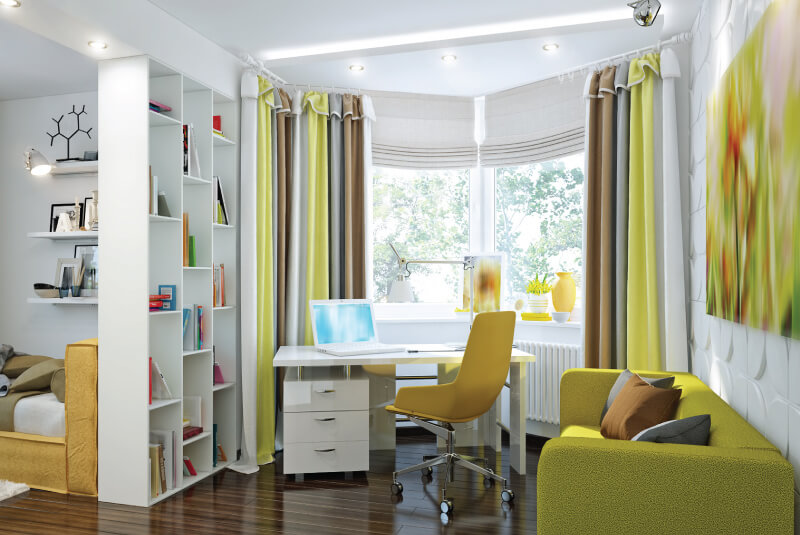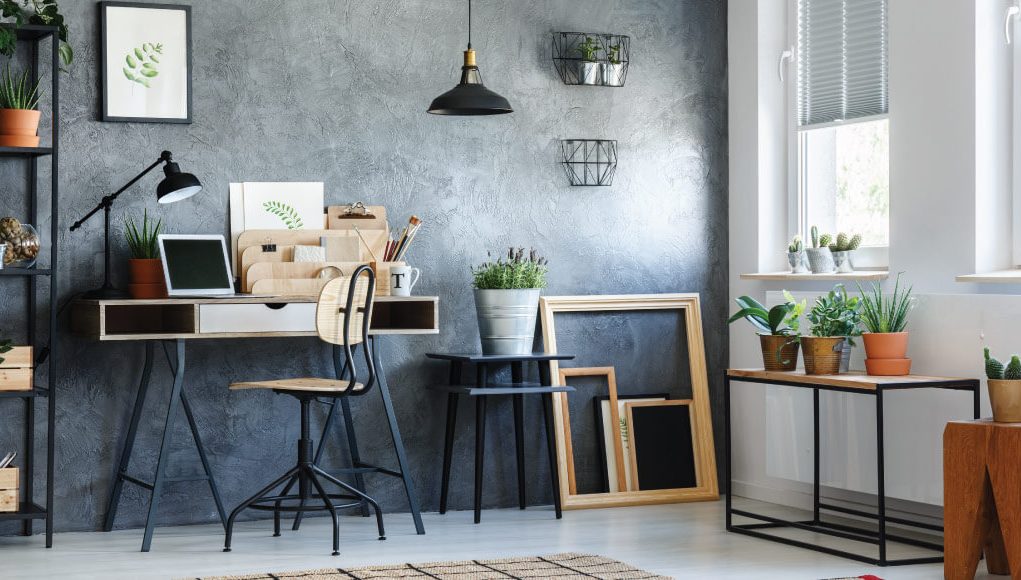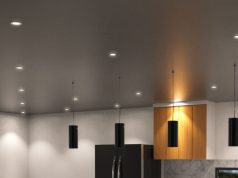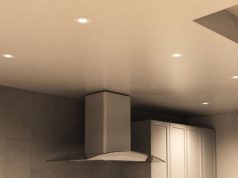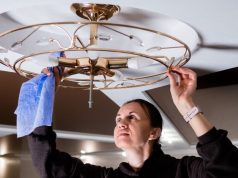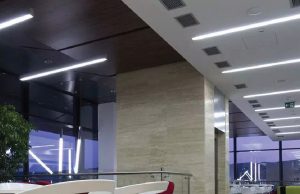While a spacious desk and a comfortable chair is a must in your home office, you cannot set aside the importance of lighting! Although you have enough elbow space to multi-task and enough support to keep you up and running, without proper lighting, it will still be difficult to function to the peak of your capacity and work with excellent efficiency. So, to take you one step up in achieving an ergonomic workspace, here are some ways to effectively light your office!
Tips in lighting your home office
If you are one of the lucky ones that have been given a chance to work from home, congratulations. You successfully escaped from waking up early just to avoid the rush hour! Aside from not worrying about what you should wear to look presentable, working at home means you get to set up your space to suit your needs and preferences. Not everyone wants to work in a small cubicle that makes you feel all claustrophobic!
Yes, having the perfect aesthetic is the dream, but it cannot win over function. You need to ensure that you utilise the space to get things done. If you cannot see correctly even with those modern mid-century lamps, you need to rethink your choices! So, how should you proceed to achieve a functional workspace?
Tip #1: Get as much natural light as possible
Take a look at your space. How many windows do you have, and how much natural light can come in? Natural light is easy on the eyes, and it’s a healthier option than any artificial alternatives. If you have a window with a stellar view and little distractions, you can consider positioning your desk under so you can give yourself a break whenever it gets stressful.
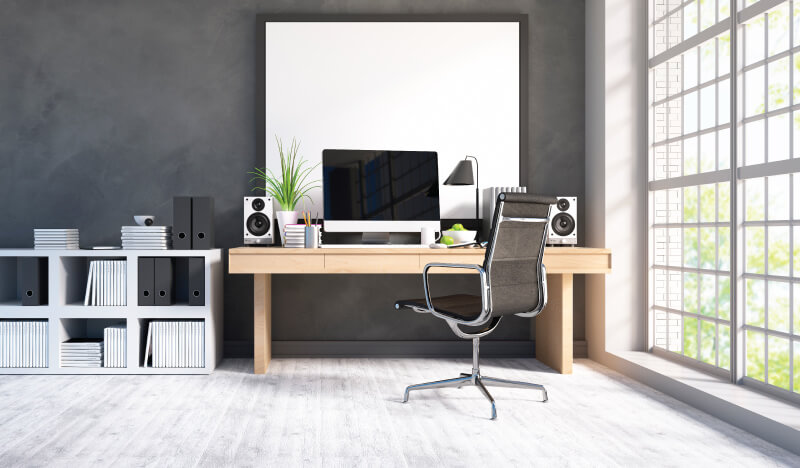
Tip #2: Pay attention to your overhead lights
Overhead lighting should not be your only source of illumination. However, that does not mean that it’s not necessary! Overhead lights can supplement the brightness that other types of lighting cannot accommodate. It fills up the space and helps you navigate around without stubbing your foot! Just don’t settle for those plain light bulbs. Yes, they get the job done, but if you plan to enhance your aesthetics together with the function of your room, it won’t hurt to add a gorgeous pendant light!
Tip #3: Don’t forget to include a trusty task lamp
Never settle in an office without a good ol’ classic desk lamp! These lights are the key to having a clear view of everything. It helps you keep your focus together and ensure that you do not miss a beat in your work. A desk lamp with an adjustable arm is your best option since you’ll be able to customise the height and angle of the light beam. However, using a task light alone can easily give you eye strain. So, make sure that you still keep your overhead lights on even if you’re using your desk lamp!
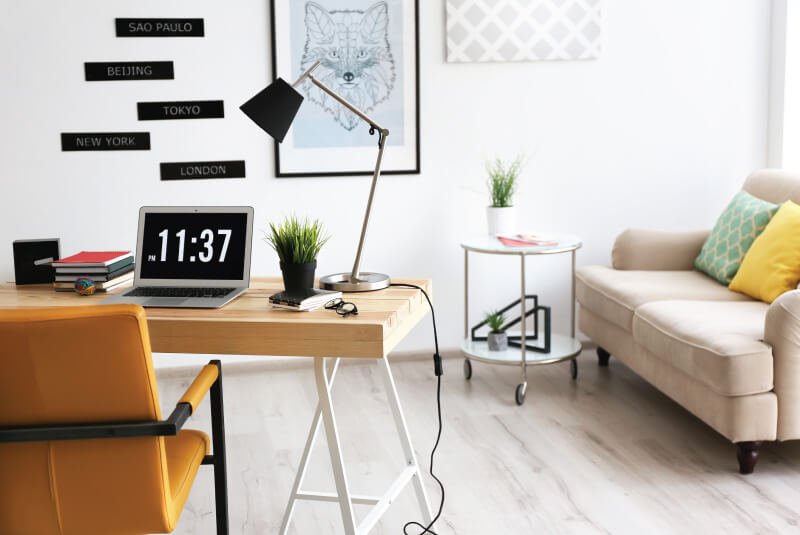
Tip #4: Eliminate all the shadows and dark areas
When arranging your furniture pieces and drafting your lighting plan, make sure that you consider where your light will come from. If you have a light source behind you while you edit on your computer, you’ll be greeted by a lot of glare. Also, don’t just randomly prop your desk lamp on top of your table. Make sure that it’s positioned in a way that it won’t cast unnecessary shadows that can give you trouble while you write your proposals. Same principle with the arrangement of your desk and windows. Don’t place your back to a window, and don’t let your natural light create shadows over your workspace.
Tip #5: Incorporate an ambient light
Eye strain is a common problem, especially if you’re staring at your monitor for eight hours straight! So, to soften up the stress on your eyes, you can add some ambient lights. If you have this layer in your home office, you’ll be able to break the intensity of your overhead and task lights, giving your eyes a bit of room to relax. With ambient lighting, you have the freedom to get whatever fixtures you want! Since they’re more on the decorative side rather than an essential, you can choose a fitting that will complement your aesthetics. If you feel frustrated since you cannot get a task lamp in a design that you want since it’s not functional, then go all out and use them for ambient lighting!
Tip #6: Mix in some indirect lighting
Direct lights like pendant lamps, chandeliers and recessed downlights can cast unwanted shadows and glare if your desk sits directly underneath them. So, you’ll need some indirect lights like accent lights and floor lamps to balance them out. Aside from that, you can also opt for fixtures with shades since they can help bounce light around your space, creating an even distribution of brightness. As a cherry on top, with soft indirect lighting, you’ll be able to enhance your look on a video call!
Tip #7: Use space-saving light fixtures for a smaller home office
Not everyone has a large home office to house several lighting fixtures in one go. If you only have a small room or only a tiny corner in your bedroom as your office, you’ll want to rethink your choices. It’s not ideal to get a floor lamp that ends up cramping your space or a large desk light that occupies most of your table! Still, that does not mean that you will ditch all the necessary lighting. The best solution for this is using hanging lights, sconces, mounted task lights, wall lights and light strips. Just think outside the box, and you’ll see many alternatives that can fit your space!
Now that you know how to effectively light your home office, it’s time to visit our website, Simple Lighting. We have an extensive range of premium-quality LED lights that can brighten your space and keep you focused and productive!
